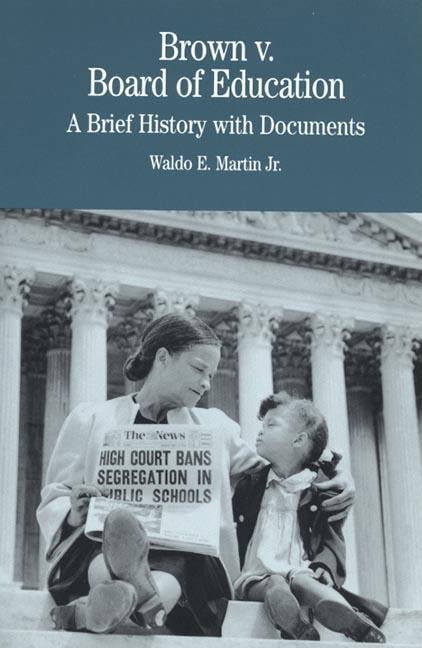

The often-heard mantra, Education is the most important civil rights issue of our time, has been touted by politicians, public figures and education reformers. Keeping the promises of Brown requires that we come to terms with the gaps of opportunity that marginalized students experience – and demands that we become active change agents. Of these openings, 65 percent will require education beyond high school.Įducators, philanthropists, policymakers and fellow citizens cannot sit idle. A study from the University of Georgetown found that there will be 55 million job openings in the economy through 2020: 24 million openings from newly created jobs and 31 million openings due to Baby Boomer retirements. Ensuring everyone has a shot at success at the educational and career pathway of their choice is not only the right thing to do from an economic perspective, it is the necessary thing to do. These students have one or more of the following characteristics: over age 24, married, have legal dependents and/or are veterans. These challenges are also experienced by non-traditional students, who now make up more than half of the student population today.

More often than not, these students juggle coursework and jobs in order to pay tuition, fees, rent and basic needs expenses. On a systemic level, gaps in support, resources and services perpetuate challenges that affect students from underserved backgrounds, including low-income students, students of color, first-generation college students and adult learners.


 0 kommentar(er)
0 kommentar(er)
